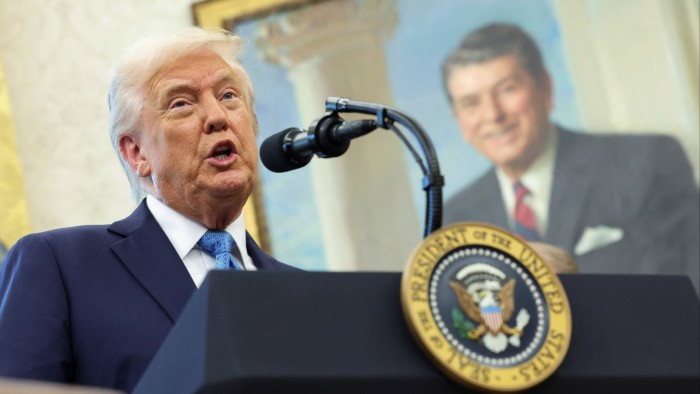Some Japan buyers agree to 30% higher aluminium premiums for Q1, sources say
By Yuka Obayashi
TOKYO (Reuters) – Some Japanese aluminum buyers have agreed to pay a global producer a premium of $228 a metric ton over the benchmark price for January-March shipments, up 30% from this quarter, two sources directly involved in the talks said.
The fourth consecutive quarterly increase exceeds the $175 per ton paid in the October-December quarter. It’s also the highest premium since 2015, though slightly lower than the $230-$260 initial offers made by manufacturers.
Japan is Asia’s biggest importer of the light metal, and the freight premiums it agrees to pay each quarter for the primary metal over the London Metal Exchange (LME) cash price set the benchmark for the region.
Negotiations between other buyers and sellers are still ongoing.
The deal comes amid concerns about tightening supplies in Asia after China announced it would scrap a 13% tax refund on semi-finished aluminum exports from Dec. 1.
The move is expected to boost demand for ingots from Asian rolling mills outside China to produce semi-finished products, a source at a global producer said, noting that requests for the primary metal are already picking up.
Global aluminum prices, which have forced some producers to cut aluminum production, as well as civil unrest in Mozambique, have increased worries about tightening global supply and high premiums, the source said.
The sources declined to be identified due to the sensitivity of the matter.
Russian aluminum producer Rusal said in November it would cut output by more than 6% in response to lower global aluminum prices as tight monetary policy and an economic slowdown reduce domestic demand for the metal.
Last week, Australia’s South32 announced it had withdrawn its outlook for output from its Mozal aluminum smelter in Mozambique amid post-election civil unrest.
“While Japanese domestic demand remains sluggish, we settled at $228 due to overseas supply risks and the possibility that protracted negotiations could push prices higher,” another Japanese end-buyer source said.
(Reporting by Yuka Obayashi; Editing by Clarence Fernandez and Jacqueline Wong)







